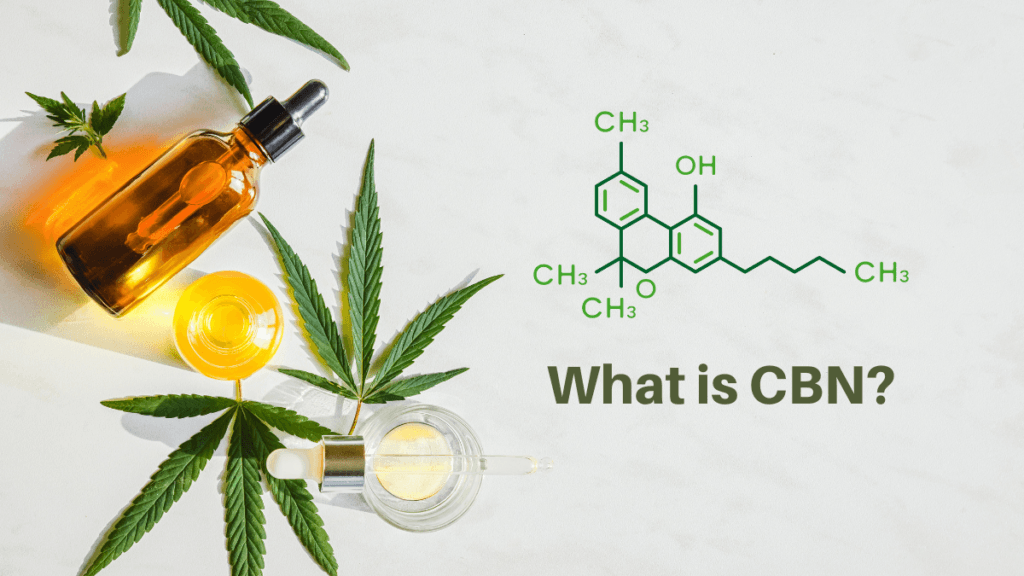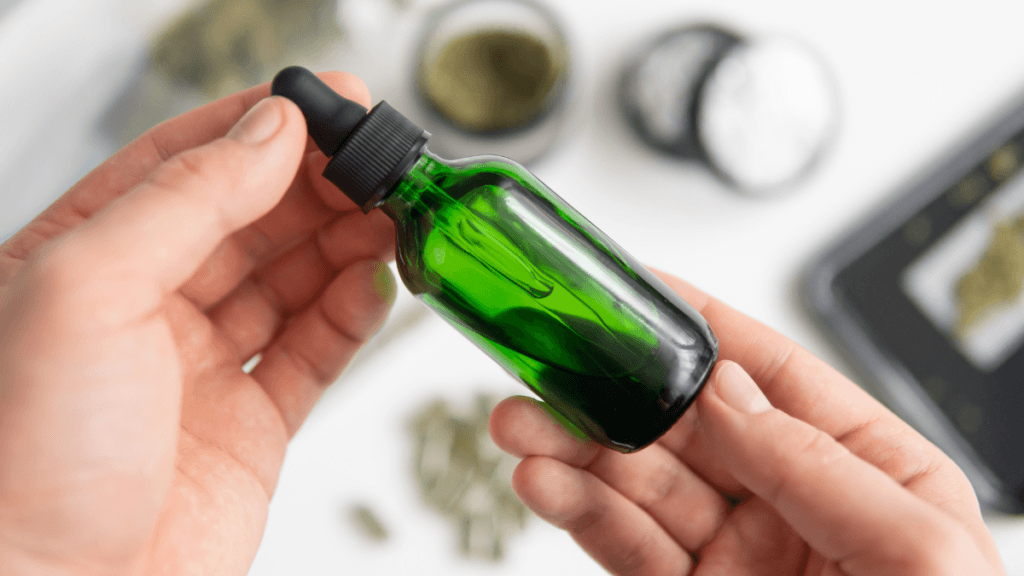How Cannabis
Helps ‘Spoonies’ Soothe the Symptoms of Chronic Illness
Medical cannabis is known for its ability to quell seizures,
dull pain, and squash anxiety. It can also aid people with less well-known—but
not uncommon—conditions, ones that often come with a life-long sentence. We
call ourselves “spoonies.” In my case, fibromyalgia was the main force behind
my conversion, but sadly there are a lot of ways to join the ranks.
The term was coined at a diner, when a lupus fighter named Christine Miserandino tried to
explain the challenges of living life with the disease to a friend. Her friend
knew the facts, but wanted to know what it felt like as an ongoing
experience—as a lifestyle. Christine was a bit stunned: trying to sum up the
limitations that affect every single aspect of your life is an
overwhelming task.
Cannabis is a very common medical aid and ally to
spoonies, offering soothing powers to all kinds of symptoms through the power
of the body-wide endocannabinoid system.
She then grabbed a bunch of spoons from surrounding tables.
She handed her friend the utensil bouquet, telling her that life with chronic
illness is like only having so many spoons to get through the day—far fewer
than the average person. If she borrows from tomorrow, she might be able to
swing what she needs to get done today; but tomorrow has just as few spoons, so
she’ll run a high risk of running out. And running out of spoons/overdoing it
means big-time symptom flares and even less spoons. Maybe for weeks.
Christine asked her friend to go through her day, removing
spoons appropriately as each activity demanded: getting up, showering, getting
dressed, eating, etc. Half of her friend’s spoons were gone before she even
left the house. Christine told her she had to decide what to miss out on in
order to conserve spoons—run errands or make dinner? Wash the dishes or your
hair? See a friend or catch up on work?
Her friend became sullen and asked how she possibly dealt
with those limitations every day, forever.
A Best Friend to So Many Kinds of Spoonies
Christine answered her friend’s serious question with a
serious answer, and told her that spending her precious spoons chilling
together was always a wise expenditure. Personally, I would have added: “And
there’s no effing way I could do it without cannabis.” Though it can’t give me
desperately needed spoons, cannabis makes getting through a regular
spoon-starved day a whole lot more palatable—and a full-blown flare less
horrific.
Cannabis is a very common medical aid and ally to spoonies,
offering soothing powers to all kinds of symptoms through the power of the
body-wide endocannabinoid
system. We’ll touch on five conditions that can turn someone into a
spoonie, as well as how cannabis is said to help treat symptoms.
Lupus
In the disease fought by Christine, the body’s immune system
becomes hyperactive and attacks normal, healthy tissues, and organs. It affects
many different systems, resulting in many
different symptoms. These may include extreme fatigue, headaches, painful
and swollen joints, fever, anemia, confusion and memory loss, swelling, pain in
the chest with deep breathing, hair loss, light sensitivity, abnormal blood
clotting, ulcers, and more—including very serious issues like organ failure.
Science is extremely behind the ball when it comes to
studying how cannabis can assist chronic illnesses, and the lupus community has
not been served in this effort. However, there has been promising
results in regard to cannabis aiding other diseases that affect the
immune system and inflammatory response. Lupus is nicknamed “The Great
Imitator” due to sharing symptoms with other diseases, and science has proven
that cannabis aids in many of these shared symptoms. The next disease is one
such example.
Fibromyalgia
This is the bugger getting me down. Many kinds of physical
pain are involved with this disease, whose cause is unknown. I could write a
whole essay on the different kinds of pain, but instead I’ll share that when I
broke (nay, shattered/comminuted fracture) my foot a while back I walked on it
for ten days because it hurt less than the rest of my body, so I figured it was
fine. Oops. And then there’s the mental confusion of “fibro fog,” fatigue,
insomnia, and other fun stuff like depression and IBS symptoms.
My dear friend cannabis helps ease the pain, turning cutting
shards of glass in my body into warm melty goo. It aids in lifting my spirit,
which helps me push through the exhaustion, then gets me to eat through nausea.
When I can do no more—when I become spoon-less—cannabis helps me emotionally
handle the extreme amount of rest dictated by this advanced stage of the
disease. And science backs me up here, with one
fibromyalgia study showing so much improvement using cannabis that
half of the participants quit their other medications completely.
Myalgic Encephalomyelitis (ME)
Referred to by some as chronic fatigue syndrome, ME causes
severe exhaustion, a debilitating symptom that’s often minimized by culture
and, deplorably, even by the medical community. The cause is unknown. Rest and
sleep don’t improve overwhelming ME fatigue, and it worsens with physical and
mental activity. Sufferers also battle headaches, poor memory, difficulty concentrating,
dizziness, nausea, palpitations, insomnia, and sore throat or glands.
Unfortunately, science has not studied ME much in general,
and not at all in relation to cannabis, but it has been recorded as
anecdotally helpful by scientists. Another fibromyalgia
study also showed improvement in many overlapping symptoms. Because of
the sedative effects of certain cannabis strains, it’s said that using an
energizing strain during the day can be crucial factor in improving symptoms of
ME. Modest dosing can also prevent feelings of sluggishness.
Crohn’s Disease and Colitis
Ulcerative colitis and Crohn’s disease are the two primary
forms of inflammatory bowel disease (IBD). They are both characterized by
chronic inflammation of the digestive tract, though colitis is limited to the
colon and Crohn’s can occur throughout the digestive system. Both diseases can
result in abdominal pain, severe diarrhea, rectal bleeding, fever, fatigue,
nausea and vomiting, weight loss, anorexia, and malnutrition.
Cannabis can lend a hand in living life with colitis or
Crohn’s. It’s often a qualifier in
medical cannabis states, with patients using it to fight the full range of
symptoms. Cannabis is an effective IBD aid largely because of its ability
to reduce inflammation. A small-but-promising study on Crohn’s disease found that participants needed less
surgery and reduced bowel movements while using cannabis, as well as
drastically reduced need for other medicines.
Endometriosis
A woman’s uterus has endometrial tissue that builds up
throughout her hormone cycle, then breaks down and sheds—a
never-particularly-fun process called menstruation. In endometriosis, this
tissue grows outside of the womb, spreading itself on the fallopian tubes,
ovaries, and other organs. When it’s time for the shedding of blood and other
cells, they become painfully trapped in the body.
This problem can result in severe menstrual cramps, chronic
lower-back, abdominal, and pelvic pain, painful intercourse, painful urination
or bowel movements, IBS symptoms, and infertility. Traditional treatments (including
risky surgeries) only try to keep the endometriosis from advancing, but
cannabis has actually been shown to stop cell growth in mice as well as helping symptoms,
especially pain.
We’re More Common Than Culture Regards
There’s many more ways to become a spoonie: Lyme disease,
multiple sclerosis, Ehlers Danlos syndrome, or Hashimoto’s—all four (and
potentially many more) may be aided by cannabis via the body’s widespread
endocannabinoid system. It’s frustrating that science doesn’t understand these
illnesses quite yet, regardless of the stunning amount of promise it shows in
improving the lives of spoonies.
When you total the numbers of Americans estimated to be
suffering from the eight diseases mentioned in this article, and there’s many
more, you get 91.5 million—that’s about 27% of Americans. Though there is
comorbidity to be factored in (people who have more than one of these
diseases), there’s also millions still searching for a diagnosis, as well as
many conditions that weren’t mentioned.
We’re talking about a lot of people suffering from
conditions that are barely regarded by society here. A whole lot. And
they are generally invisible illnesses, which adds another dimension to feeling
ignored. It’s like we’re drowning a world of problems that only we can see. Hug
your spoonies (and maybe smoke ‘em out), because you probably know at least a
couple—whether you’re aware of it or not.




